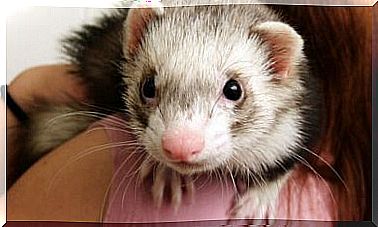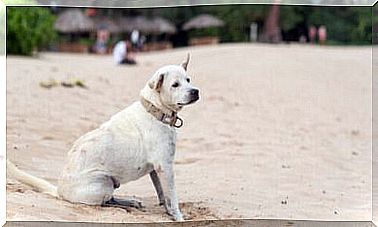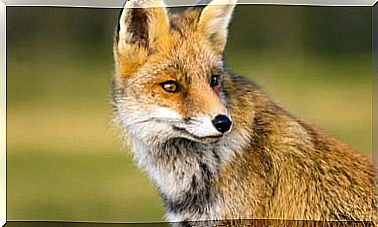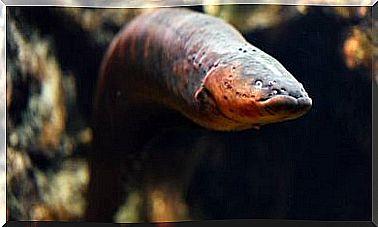5 Digitigrade Animals You Need To Know

The digitigrade animals are those who walk using only the phalanges as a support point. This particularity makes them much faster and quieter than all other living beings. In this article we will explain everything you need to know about digitigrade animals.
What are and what are digitigrade animals?
Unlike ungulates – which support their weight on nails or hooves – digitigrade animals come into contact with the ground both with their nails and with their pads, thus showing a single support structure. Let’s see 5 examples of the best known digitigrade animals:
1. Dog
This domestic species, ancestor of the wolf , when running and walking supports the weight on four fingers or digital pads, present both on the hind and front legs. In turn, they have a metacarpal pad in the center of the foot, an inner non-leaning toe, and an upper carpal pad.
The paws of dogs can be bare or covered in hair, and the pads support the weight of the animal. They are quite sensitive to high temperatures.
2. Cat
Another of the most famous and silent digitigrade animals that exist. The entire family of felines (with some exceptions, such as the cheetah) have retractable nails, which open when the legs are extended, only in case of defense or hunting. This allows a better support on the ground, avoiding any type of noise.
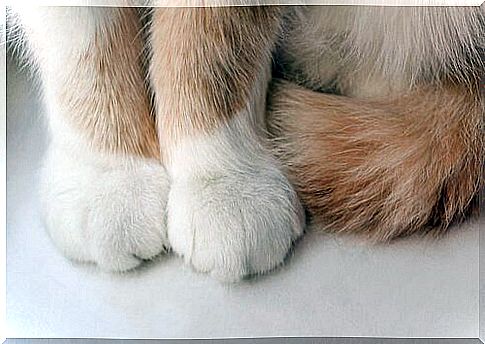
Cats walk on the tips of their paws in an absolutely light and practically imperceptible way. A rather curious habit is that they position the hind limbs (with four fingers) almost in the same place where they previously rested the front (with five fingers). This way, they can minimize noise and are sure to walk on solid ground that has already been explored and presents no danger.
3. Elephant
The largest land mammal in the world (weighing around six tons) requires very strong legs to hold its full weight. And even though it is something incredible, her fingers are very flexible! They are very large and surrounded by fatty tissue, which acts as a shock pad when the animal runs or walks.
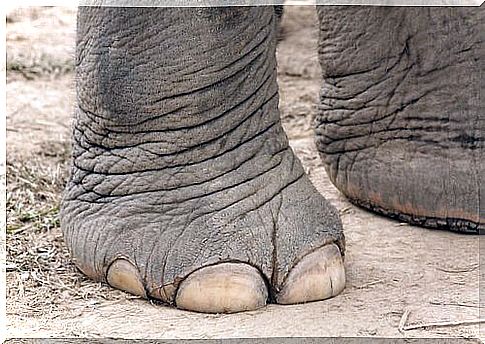
In the case of African elephants, they have four claws on their front legs and three on their hind legs. Asian specimens have five and four, respectively. The front ones are more circular and can move objects, while the back nails are more oval and strong. To walk or run, they raise their legs and bend their knees, something very unusual, being mammals.
4. Mouse
Now let’s talk about a small mammal, also digitigrade like all its family of rodents. The mouse has legs with very long toes, which can be separated or joined depending on the situation. In addition, the ends are equipped with strong enough nails that they need to dig into the earth or handle food.

On the hind legs, the mouse has five toes, four on the front ones. To walk, just lean the edge, so that it is very fast and quiet. When they stop, they place the entire foot on the ground, especially with the toes spread, for more support.
5. Rabbit
We close our review dedicated to digitigrade animals with a very nice specimen. The front legs of the rabbit are shorter than the hind ones, although both are characterized by a considerable length, in relation to the rest of the body.

In addition to walking on toes, this species can jump a great distance, both high and long. This mechanism is used to escape from a possible danger (the rabbit is at the base of the food chain). It has pads on all four legs, arranged as follows: four ovals in front and one triangular in the back.



